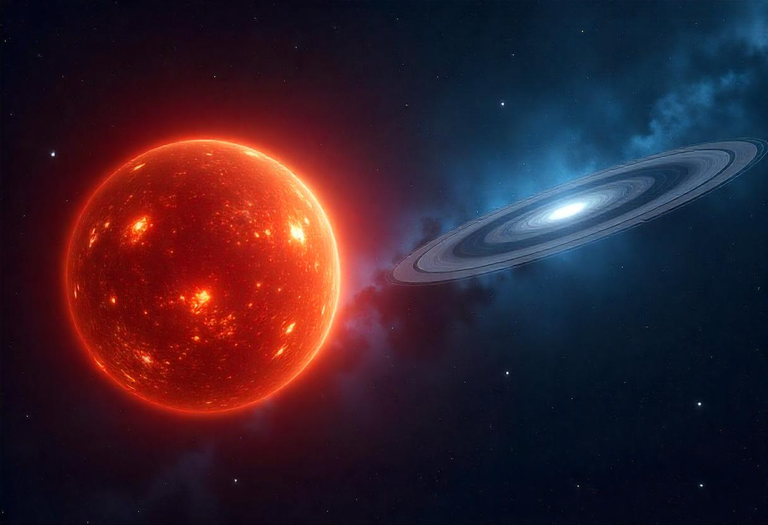They capture for the first time a hypervelocity star with a planet.

A hyper-fast star has been discovered that travels at 540 km per second, it is in our galaxy at the moment and may have greater speed, because other hyper-fast stars have already been found and even faster, but this one in particular has a planet.

There are specific signals launched by astronomers, for example, recently to the North Pole or the famous signal from Arecibo, but except for those types of very specific signals it is very complicated, the normal radio signal I guarantee that not even in the next centauri, they could be capturing our radio and television programs, which in the end is good news, because seeing how television is currently, it is better not to watch it, because then they could have a terrible idea about us.

In this process of launching, it was assumed that the planets that were orbiting it would end up being torn off and perhaps launched in a different way or perhaps captured by that black hole, however, in this case it is confirmed that the hyper-fast star does not have its planet.
The images without reference were created with AI
Congratulations @jorgebgt! You have completed the following achievement on the Hive blockchain And have been rewarded with New badge(s)
Your next target is to reach 4750 replies.
You can view your badges on your board and compare yourself to others in the Ranking
If you no longer want to receive notifications, reply to this comment with the word
STOPThanks for your contribution to the STEMsocial community. Feel free to join us on discord to get to know the rest of us!
Please consider delegating to the @stemsocial account (85% of the curation rewards are returned).
You may also include @stemsocial as a beneficiary of the rewards of this post to get a stronger support.
it so wonderful the space :D
Yes, that's right, and we only know 1% of the things in the observable universe.
Greetings